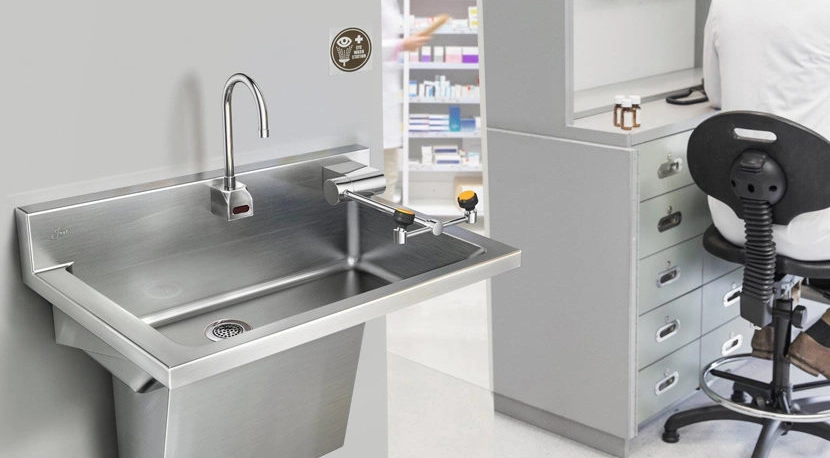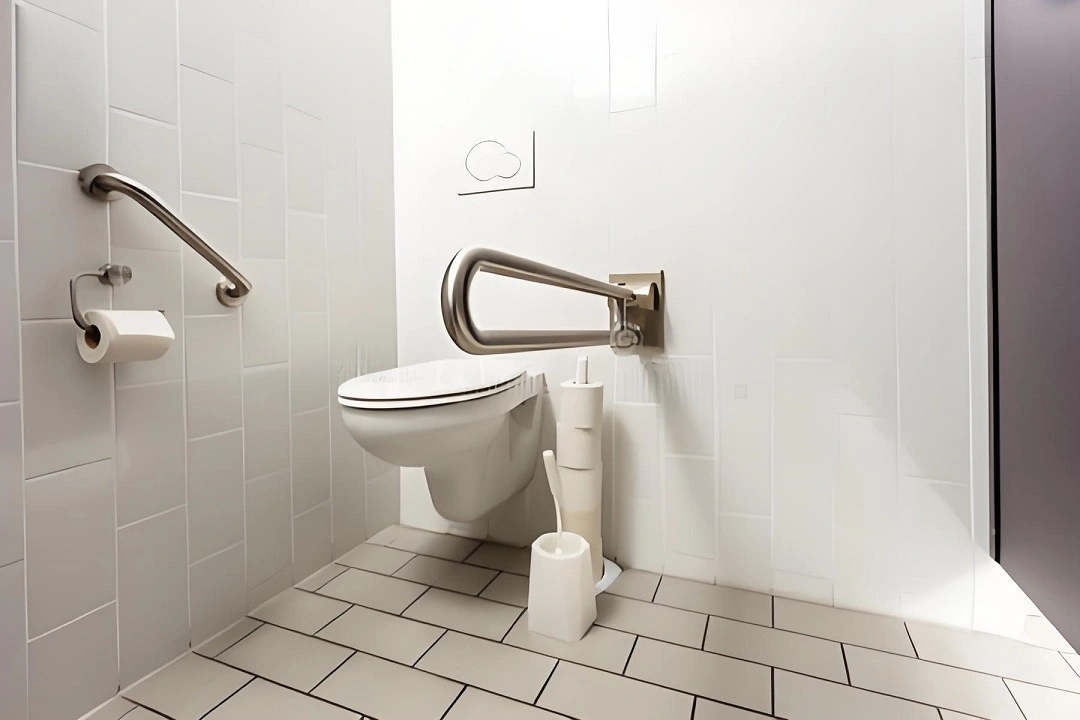Search

In the realm of healthcare, there are numerous components that contribute to the overall well-being of patients. From cutting-edge medical technology to highly skilled healthcare professionals, each element plays a vital role in ensuring the optimal environment for healing. One often overlooked component, however, is the significance of medical taps in healthcare settings. These seemingly simple fixtures contribute to the overall functionality and hygiene of medical facilities, making them an essential part of any healthcare infrastructure.
In any healthcare setting, preventing the spread of infections is of utmost importance. This is where medical taps come into play. While regular taps found in homes or public restrooms are generally used for simple handwashing, medical taps are designed with specific features to enhance infection control. These specialized taps often include touchless technology, allowing healthcare professionals to activate the water flow without touching the fixture itself. This reduces the risk of cross-contamination between patients and staff, inherently decreasing the transmission of potentially harmful pathogens.
Furthermore, medical taps are also equipped with features such as laminar flow water outlets that minimize splashing and aerosolization of water droplets. This helps to prevent the spread of microorganisms that may be present in the water supply, as well as reducing the risk of healthcare-associated infections. In healthcare settings where vulnerable populations, such as immunocompromised patients, are common, the implementation of these specialized taps becomes even more critical in maintaining a safe and germ-free environment.
While infection control is undoubtedly a primary consideration, medical taps also contribute to the overall accessibility and ergonomics in healthcare settings. Patients with limited mobility or physical disabilities often require assistance when using the bathroom. Medical taps provide healthcare professionals with the ability to control water flow and temperature, ensuring that patients can comfortably wash their hands or perform daily hygiene routines. This level of control allows healthcare professionals to adapt to individual patient needs, ultimately enhancing patient comfort and dignity.
In addition, medical taps are designed with easy-to-use levers, sensor activation, or foot pedals, catering to patients with limited hand function or dexterity. By incorporating such accessible design elements, medical taps empower patients to regain some independence in performing essential self-care tasks.
Beyond hand hygiene, the hygienic properties of medical taps extend to wound care as well. In healthcare settings where wound dressings need to be changed regularly, medical taps with features like extended spouts or detachable handheld showers allow for easier wound cleansing and irrigation. The availability of warm water, adjustable water flow, and pressure options also contribute to a more comfortable and thorough wound cleansing experience for both patients and healthcare professionals.
Moreover, medical taps are typically manufactured with durable materials that ensure easy cleaning and disinfection. This reduces the risk of biofilm formation, a common occurrence in healthcare settings, and helps to maintain a sterile environment conducive to healing.
While often overlooked, medical taps play a vital role in ensuring the overall quality of care in healthcare settings. From preventing infections and enhancing accessibility to facilitating wound care and maintaining hygiene, these seemingly simple fixtures contribute to the healing process. As the healthcare industry continues to strive for excellence, it is essential to recognize and appreciate the role of medical taps in creating an environment that promotes optimal patient outcomes, safety, and well-being.







